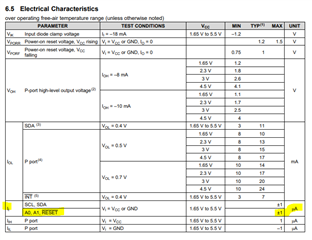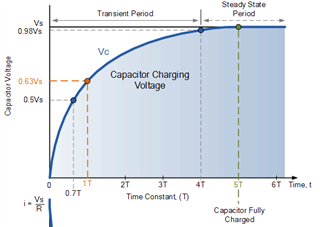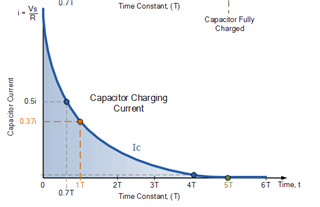Hi.
The datasheet for the TCA9538 states (multiple times) that the nRESET pin must be pulled up to Vcc if no active connection is required.
For example:


Is there a reason that nRESET cannot be wired directly to VCC, if nRESET control is not required?
Thanks for the help.




